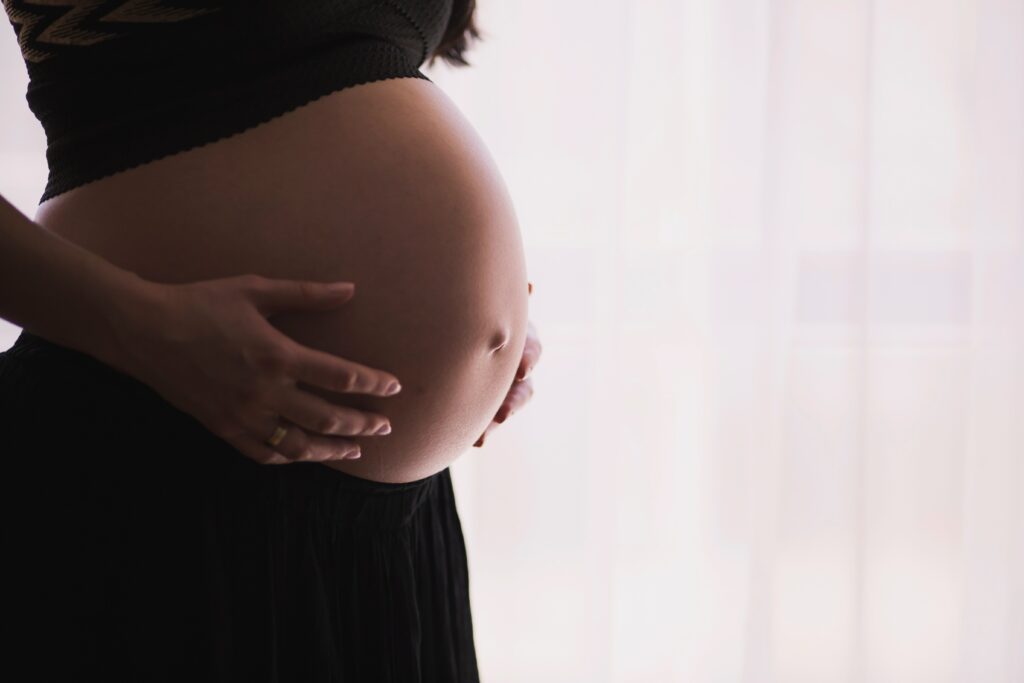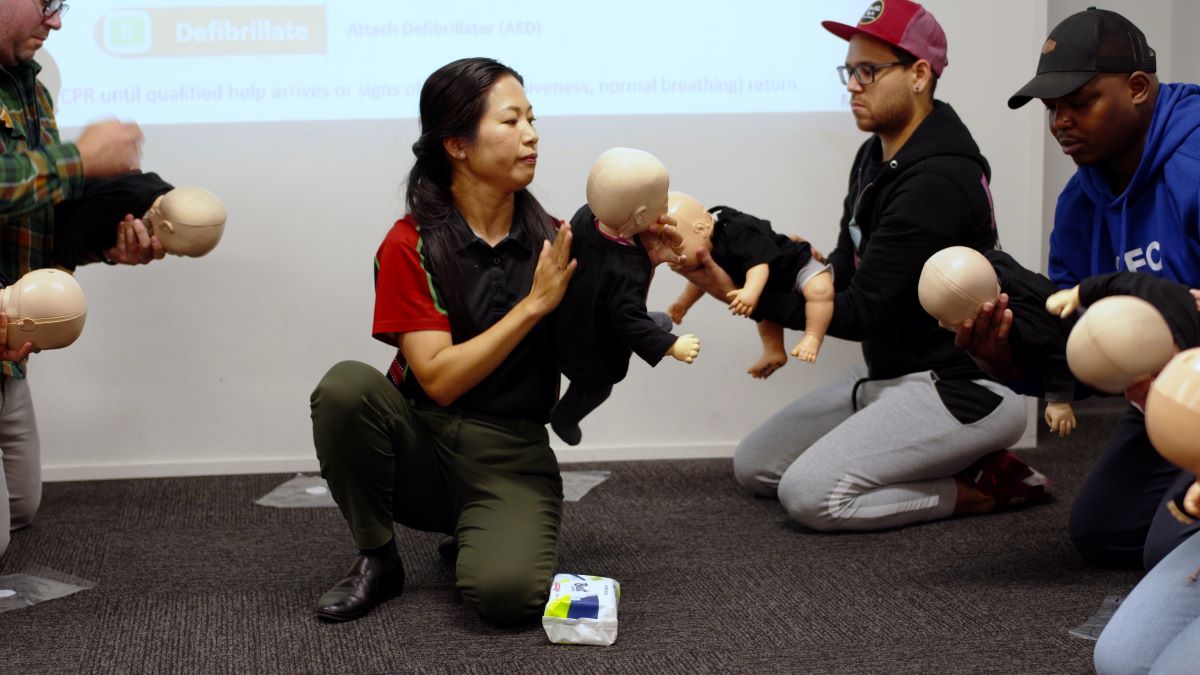Administering CPR on pregnant women can be challenging at times but is very much possible. The primary goal of resuscitation is to stabilize the mother, as this usually results in the best-case scenario for the fetus.
Cardiac Arrest During Pregnancy
Statistics show that 2.8 per 100,000 maternities will experience cardiac arrest. During pregnancy, the circulatory systems of both mother and child are conjoined. Due to changes, there is an increase in blood flow within the mother’s body.
The heart rate will increase throughout the pregnancy. By the end of the third trimester, the heart rate will be 10 to 20 beats per minute higher than those in non-pregnant conditions.
The most common causes of maternal cardiac arrest in Australia include thrombosis, hemorrhage, hypertensive disease, and sepsis. Nearly 60% of pregnant women who have cardiac arrest survive, according to research.
Maternal collapse and maternal death are rare events, but they can happen. The outcome for the mother and the fetus will depend on prompt and effective CPR.
CPR on Pregnant Woman
A pregnant woman experiencing cardiac arrest symptoms should get quality CPR, same with others. According to American Heart Association (AHA), resuscitation of a pregnant woman is the priority as it can result in a higher chance of survival for both the woman and the fetus.
Understandably, many bystanders might be hesitant to perform CPR for fear of harming both. However, it is crucial to understand that resuscitation is safe for pregnant patients and first aid treatment is essential. A person who receives immediate CPR has their odds of survival increase by over 40%. It is vital to perform CPR on a pregnant woman at first signs of cardiac arrest.
Now that the safe use of resuscitation is clear, let’s cover how to do CPR step by step. In general, follow the same principles as you would with anyone but use extra precaution.
Step-by-Step Guide on CPR
Call Triple Zero (000)
Quickly dial 000 upon the first symptom of cardiac arrest, or if the person becomes unresponsive and not breathing normally. Be sure to let the emergency dispatcher know that the casualty is pregnant so first responders know the situation.
Perform CPR
Begin CPR while waiting for first responders to arrive on the scene. Lie the person in their back in the supine position, preferably on a flat, hard surface. Open the airway and look for any signs of breathing. If the person is not breathing normally, start delivering chest compressions. Currently, there is no particular pregnant CPR position.
The standard action is to press down on the centre of the person’s chest. Do hard and fast compressions at around 100-120 beats per minute.
Use an AED
AED shocks are safe for women at any stage of pregnancy and do not cause harm to the baby. The use of a defibrillator helps restart the heart and regular heart rhythm. Upon availability, switch on the device and follow visual and voice instructions from the device. It will either deliver a shock or instruct you to continue CPR if the shock is not necessary.
Recovery Position
Position the casualty onto their left side if at any point they become responsive. It is known as the recovery position, and it will allow for better blood flow to the mother’s heart and the baby.
CPR Training
Save not just one but two lives by learning how to perform CPR on a pregnant woman.
A CPR certification course will cover topics on how to provide care for both pregnant and non-pregnant individuals.
Choose FirstAidPro, a 100% compliance guarantee provider that makes us the perfect partner for CPR and other first-aid needs.
For more information, visit our website.








